
Have you ever thought about spending the night in the middle of a forest in a nature reserve that was born of and is maintained by an entrepreneurial community? In Hojancha, just 30 minutes from Nicoya, it’s possible.
The Monte Alto reserve offers visitors the opportunity to lull yourself to sleep to the sound of chirps and congo monkeys in an austere environment, but with everything necessary to have a good time.
According to Miguel Méndez, manager of the nature reserve, a water shortage that hit the community in the 1990s inspired them to join forces. The solution? Reforest and protect the forest around the Nosara River in order to get water flowing to communities again.
The group of neighbors created the Foundation for the Monte Alto Forest Reserve and started to collect funds in order to buy land that was in private hands.
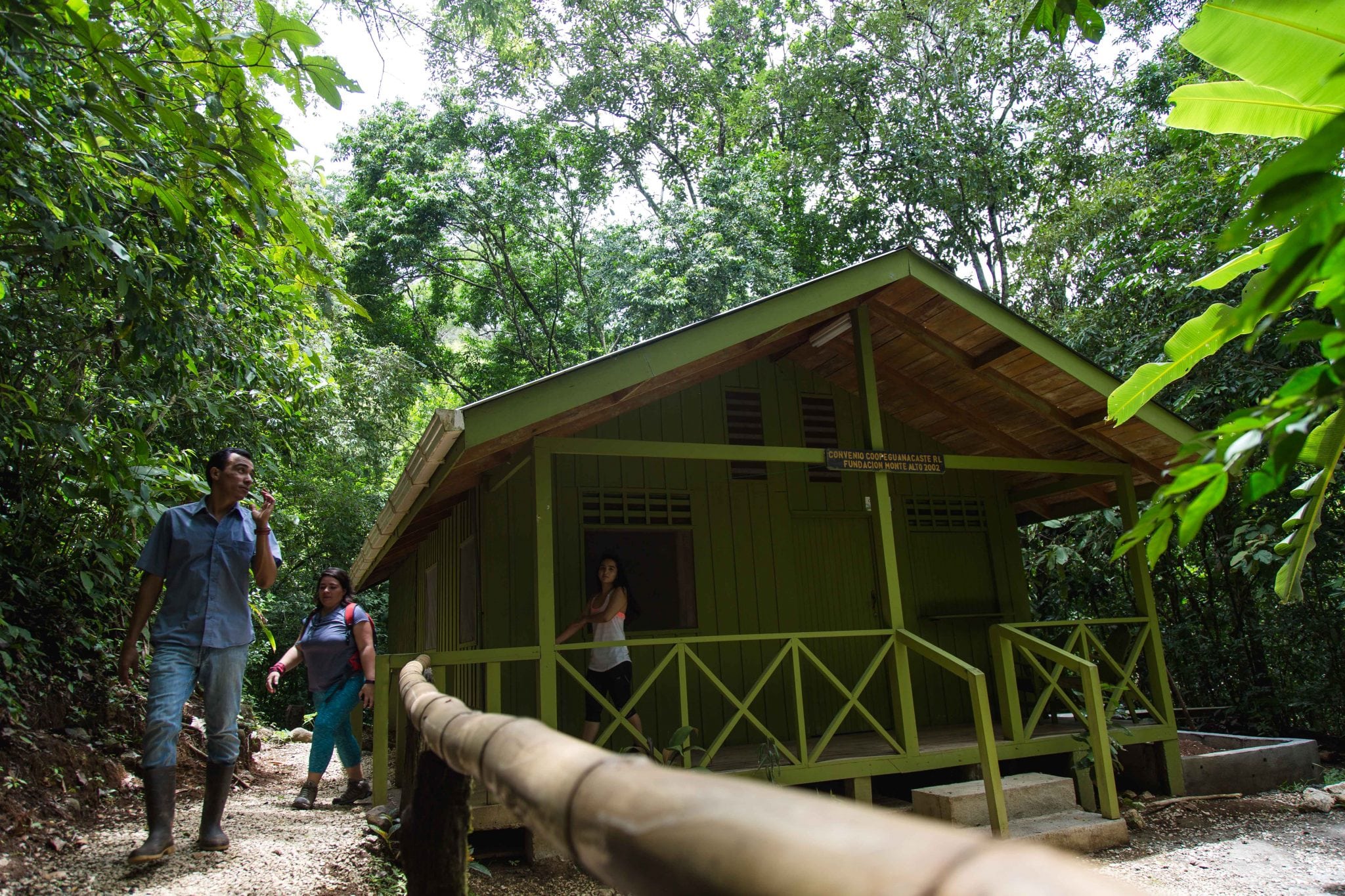
Lodging spaces are open to the public. The majority of them are reserved by foreign tourists.Photo: César Arroyo
Today, the reserve is open to tourism. It’s not difficult to get there. Once you are in downtown Hojancha, just follow the signs leading to the reserve. Another common route is to take a detour on the road that goes to the Pilangosta sector, which is a dirt road but one that any type of vehicle can drive on in dry season. In rainy season, a taller car is required (not necessarily a 4×4).
The reserve forms part of the Monte Alto Nature Reserve, which has 924 hectares (2,280 acres) of protected land. The forest is classified as humid, tropical forest. You will feel a heat similar to that of the beach, but combined with the humidity of the forest.
In the Middle of the Forest
The first option you have is to rent a space inside the reserve’s shelter, a wood building in the shape of the letter A with an open-air upper level, full of twin beds, each one with its own mosquito net. You will be able to see the Pilangosta mountains from here.
On the lower level there are two bedrooms for those who don’t want to be so exposed to the forest. Each room has bunk beds.
The shelter has bathrooms and the capacity for 25 people. The reserve offers food service in a cafeteria for those who want to spend the night, which costs about ¢3,500 ($6.20) per meal.
Read Also:The Seven Wonders of Hojancha
“We have electricity, potable water and Internet. It’s being in the forest but with comfort,” says Victor Esquivel, head of environmental education programs at the reserve. “About 90 percent of people that come here are foreigners. The rest are university students conducting research.”
If you want something more private, Monte Algo also has a cabin for four people in the middle of the forest with its own bathroom and kitchen. Esquivel says that it’s ideal for families or friends.
More Than Sleeping
The reserve has five trails for those who want to spend the night or those who are looking to for a few hours of contact with nature.
One of the trails is called The Orchids. As the name suggests, it was made to preserve orchid plants. According to Sinac, the nature reserve is home to 74 species of orchids.
All the trails are clearly marked so you won’t get lost. The majority of them require a low level of physical conditioning, but that doesn’t take the adrenaline out of the hike because you will constantly be trying to hear or see new animals.
If you want more of a challenge, you can take the La Ceiba trail that leads to the highest point of the reserve, the Monte Romo lookout, which is about 880 meters (2,890 feet) above sea level. It’s 3.5 kilometers (2.2 miles) and takes about three hours to walk round trip. At the top you will have a 360-degree view of the province, stretching from the Gulf of Nicoya to Cañas, Liberia and the coast of Sámara and Carrillo
The reserve has bathrooms, picnic areas for day visitors, a small museum and old sugar mill. It also has a meeting room that can be reserved for those interested.
“The government joined the conservation effort two years after (1997) the foundation had committed to protecting the resources,” Méndez says. “Now other foundations participate such as the German Trópica Verde organization.”
To date, the reserve functions through a public-private model and all of the resources are managed by the foundation in order to improve infrastructure, reinforce environmental education programs, reforest and prevent forest fires.
More Info:
Hours: From 8am to 4pm everyday.
Entry: ¢1,000 ($1.80) per person. Children are free.
Lodging: ¢8,000 ($14.15) per person
For reservations: Call 2659-9347


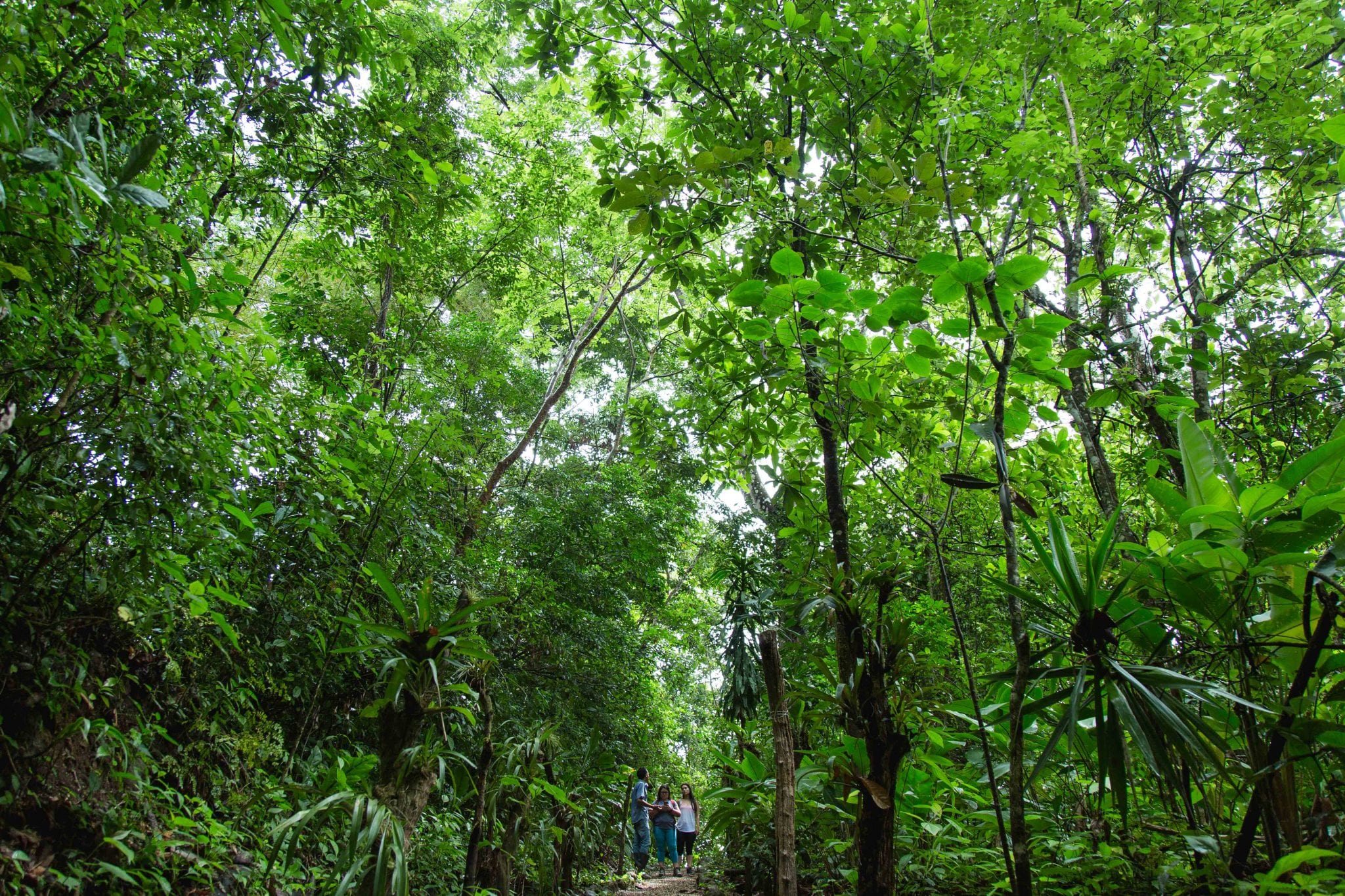
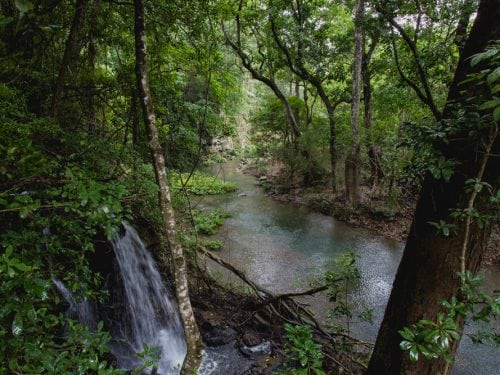
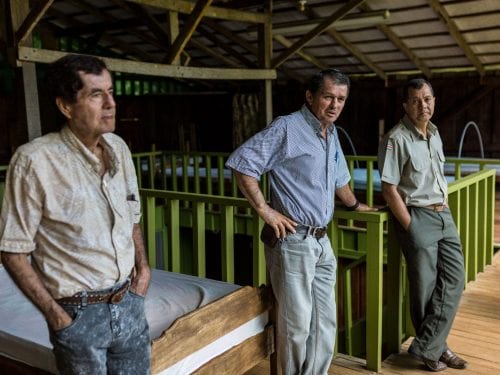
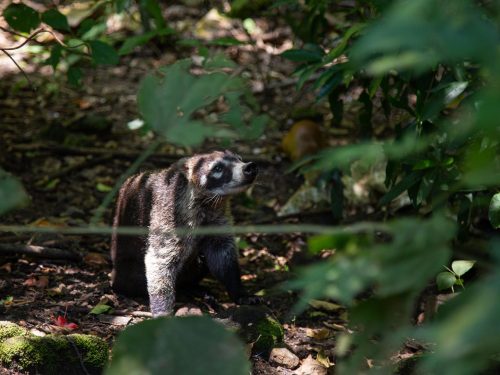

Comments